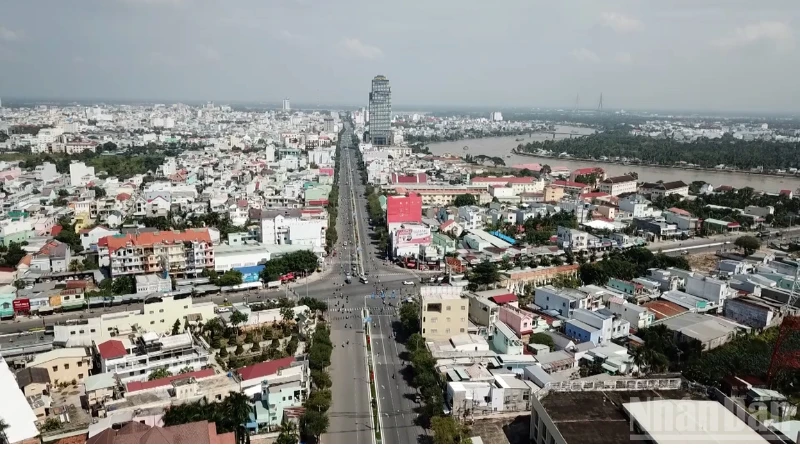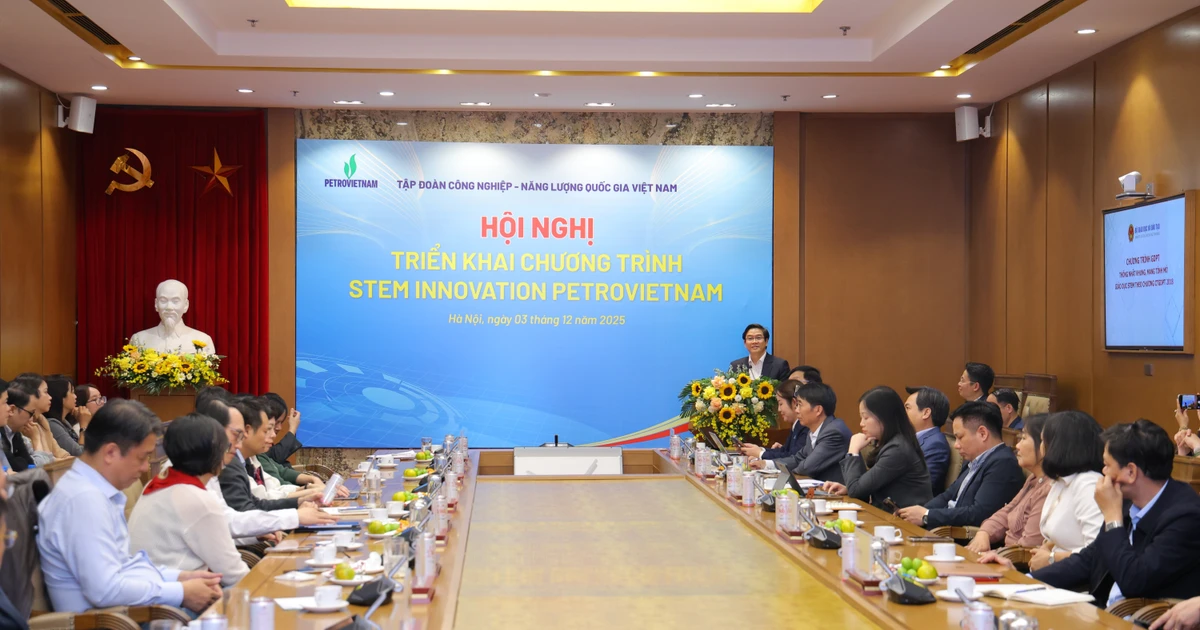The strategy sets out a vision to 2025 and 2030 in which Vietnam will be ranked among the top 50 and 30 countries in the world, respectively, in terms of e-government and digital government in accordance with the United Nations ranking.
Six major viewpoints have been highlighted in the strategy, which serves as directions and orientations for the development of the digital government, as well as the digital economy and society in the new period.
The first and most important among them is developing a Digital Government with all safe operations in the digital environment, a redesigned operating model, and operations based on data and digital technology, in order to deliver better quality services, make more timely decisions, formulate better policies, use resources more optimally, facilitate development, lead the country’s digital transformation, and effectively address major problems in socio-economic development and management.
It also identifies five key target areas, including the provision of high-quality services to society; broadening public engagement; improving state agency operations; effectively addressing important issues in socioeconomic growth; and creating breakthrough changes in the national ranking for e-government, digital government, e-participation and open data as assessed by the United Nations.
The strategy also outlines the roles and responsibilities of ministries, industries, and local governments in leveraging new digital technologies such as Cloud Computing, Big Data, Mobility, Internet of Things (IoT), Artificial Intelligence (AI), Blockchain, social media, etc., in order to save time and costs in building and operating information systems and automating and optimising work processes.
















